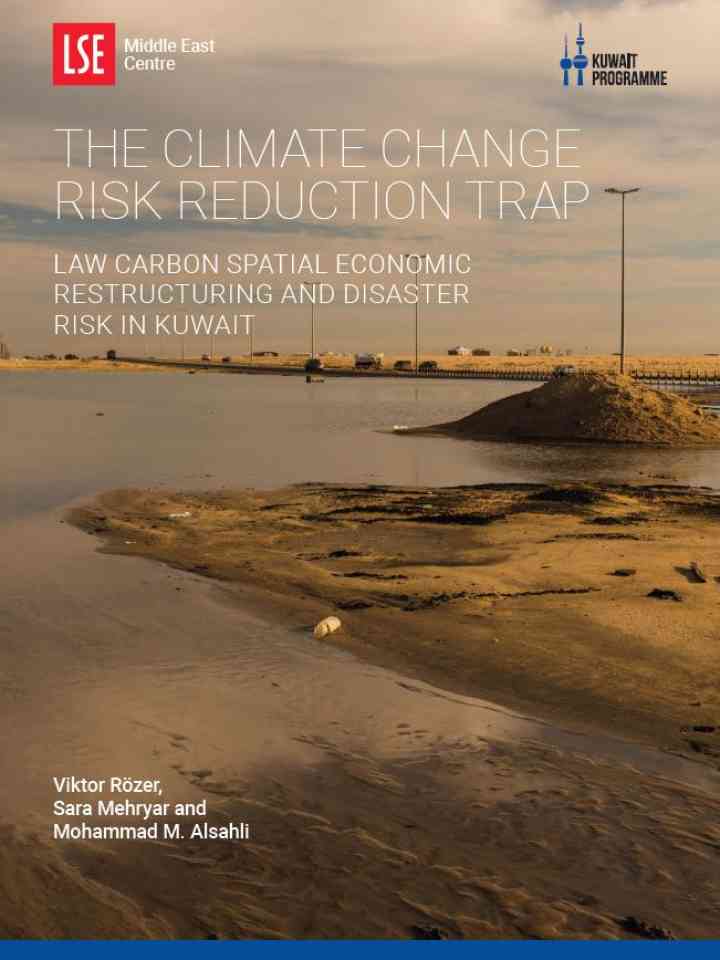The climate change risk reduction trap: low carbon spatial economic restructuring and disaster risk in Kuwait
This paper provides an empirical illustration of this trap using the example of flash flood risk in Kuwait, a wealthy petroleum-based economy in the Middle East, and shows how decisions on urban planning and economic restructuring have increased flash flood risk. The analysis highlights the importance of considering climate disaster risk and environmental impact assessments in low carbon transition planning to avoid falling into the climate change risk reduction trap.
The risks of climate change to economies are typically separated into physical risks and transition risks. Physical risks are the damages and losses that come from extreme weather events due to unmitigated climate change, while transition risks stem from the process of rapidly reducing carbon emissions and its potential disruptions to economies and society, such as stranded assets and shifts in production and the labour market. Combining the literature on spatial economic restructuring and climate disaster risk, this paper shows that physical and transition risk can increase at the same time. The authors call this dynamic the climate change risk reduction trap, which occurs when new assets that are built as part of the low carbon transition become highly exposed and vulnerable to extreme weather and climate events.
Explore further
